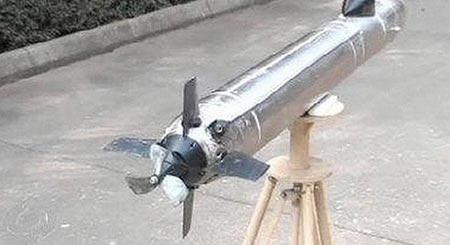China loses control of economy and production is falling.
Investment in China has been a bad bet for many months.
One big issue could be some of the university investments and pension funds along with State pension funds. If you think 2008 was bad, things can could get worse. Let take a look at California.
California Public Pension Funds Lost $5 Billion On Fossil Fuel Investments In One Year
Two of California’s massive public pension funds lost more than $5 billion on investments in coal, oil and natural gas in just 12 months.
According to a report released by environmental group 350.org, the California Public Employees’ Retirement System (CalPERS) lost $3 billion and the California State Teachers’ Retirement System (CalSTRS) lost $2.1 billion from their holdings in the top 200 fossil fuel companies between June 2014 and June of this year.
Combined, the two funds lost a total of $840 million from their stock investments in coal companies alone — one-fourth of the value of their coal holdings.
Meanwhile, Bloomberg reported earlier this month that CalPERS, the largest public pension fund in the US, lost $40 million on just one oil company, Pioneer Natural Resources Co.
Together, CalPERS and CalSTRS represent a total of nearly 2.6 million Californians and their families.
“This is a material loss of money, which directly impacts the strength of the pension fund,” Matthew Patsky, CEO of Trillium Asset Management, which performed the analysis on behalf of 350, said in a statement. “Fossil fuel stocks are volatile investments. Investors and fiduciaries should take this moment to reassess their financial involvement in carbon pollution, climate disruption and the financial risk fossil fuels plays in their portfolio.”
The report comes as California legislators are set to consider a bill that would force CalPERS and CalSTRS to divest from fossil fuels, at least in part.
State Senate President Pro Tem Kevin De León introduced S.B. 185 earlier this year as part of a larger package of legislation intended to address global warming and its impacts. S.B 185 would require both CalPERS and CalSTRS to divest from companies that earn at least half of their revenue from coal mining operations.
The state senate approved the entire package of climate legislation in the Spring. S.B 185 is expected to be considered by California’s lower legislative chamber, the State Assembly, later this month.
“This bill is the right thing to do from both the economic and social perspective,” State Sen. Jerry Hill, who co-authored S.B 185, told the San Francisco Chronicle. “We should be moving to sources of energy, and investments, that are socially responsible and will take us from the 20th century and into the 21st.”
CalPERS has holdings in about 30 coal companies with a combined market value of $167 million that would be impacted by SB185, per the SF Chronicle. CalSTRS holds about $40 million in coal investments that would be affected.
“On behalf of teachers across the state, I have been urging CalSTRS to take our investments out of fossil fuels,” Jane Vosburg, a CalSTRS member and organizer with Fossil Fuel California, said in a statement. “Financial experts have long warned about the high risk of fossil fuel investments. Teachers’ pension funds should not be invested in an industry that threatens human civilization.”
If S.B. 185 passes, the California pension funds will become the latest institutions to join the growing divestment movement, a worldwide effort to compel pension funds, religious institutions, universities and other investors to divest their financial holdings in fossil fuel companies.
“It’s important to see that fossil fuels in general, and coal in particular, are risky bets for the pension system,” said Brett Fleishman, a senior analyst with 350.org. “When folks are saying divestment is risky, we can say, ‘Well, not divesting is risky.’
US crude oil dives below $40 a barrel in opening trade
New York (AFP) – US crude oil prices continued to fall Monday, diving below $40 a barrel to their lowest level since 2009, amid a global market selloff sparked by fears of China’s slowdown.
US benchmark West Texas Intermediate (WTI) for October delivery tumbled by $1.39 to $39.06 a barrel on the New York Mercantile Exchange around 1305 GMT. On Friday the contract had slipped below $40 in intraday trade.
As Iran now is increasing drilling output, oil will go lower in the price per barrel. Sounds good but not so much.


